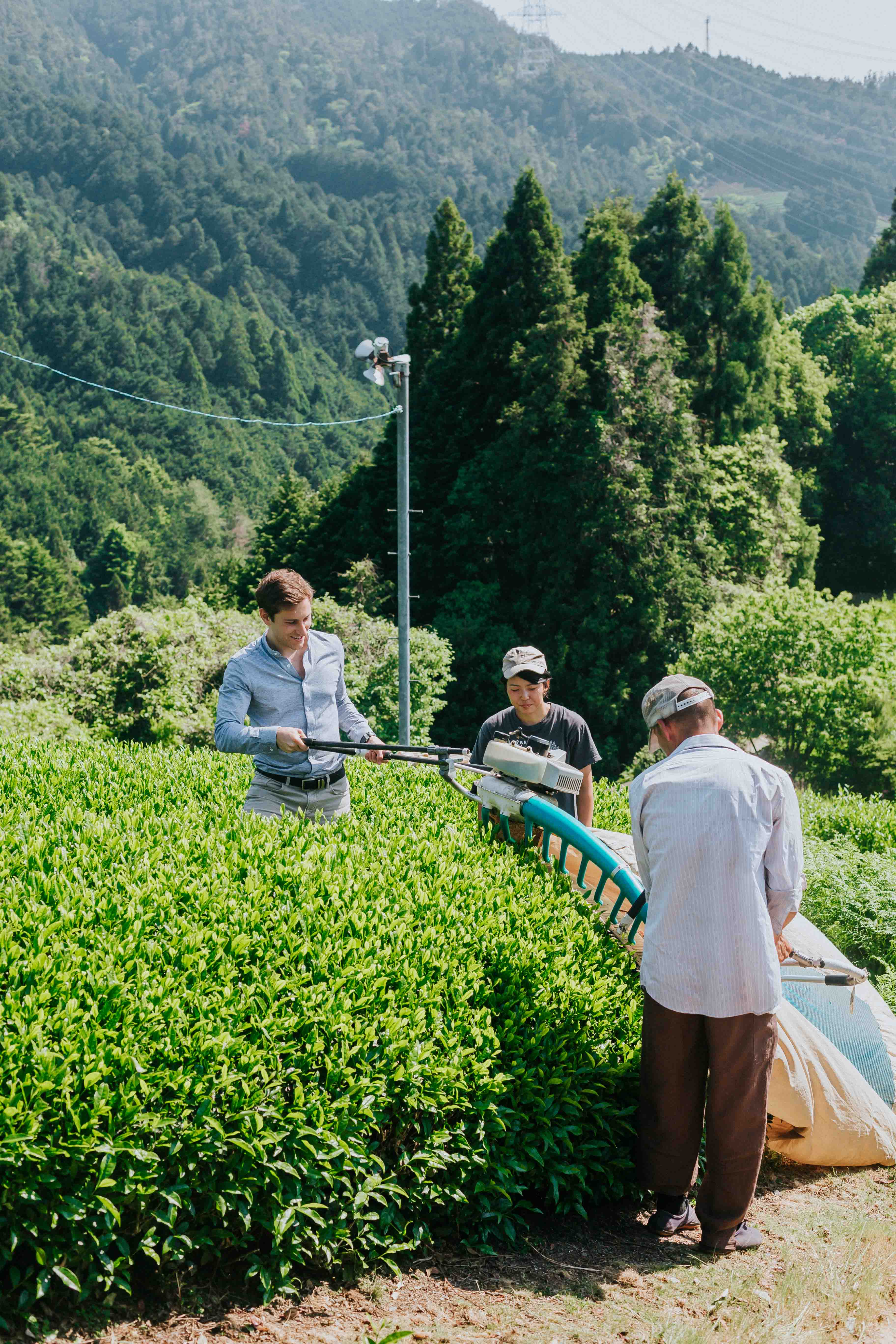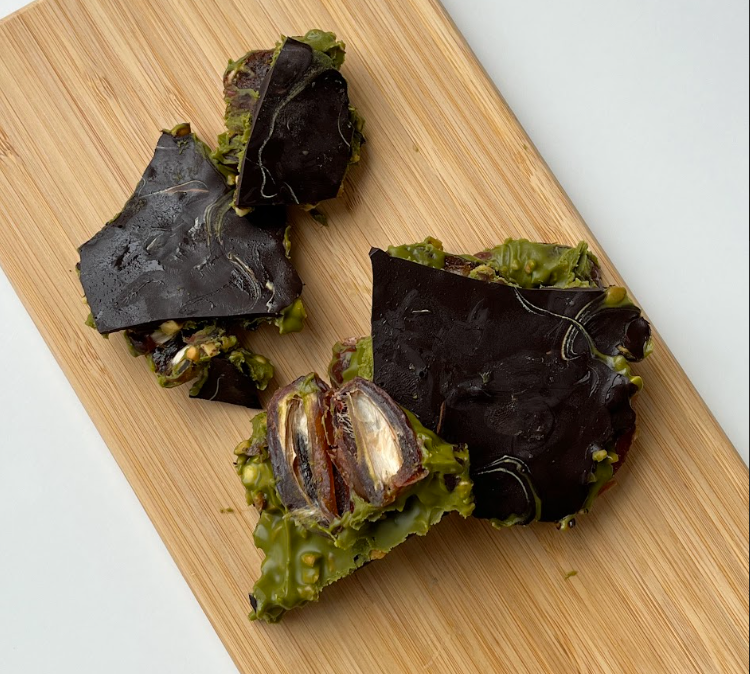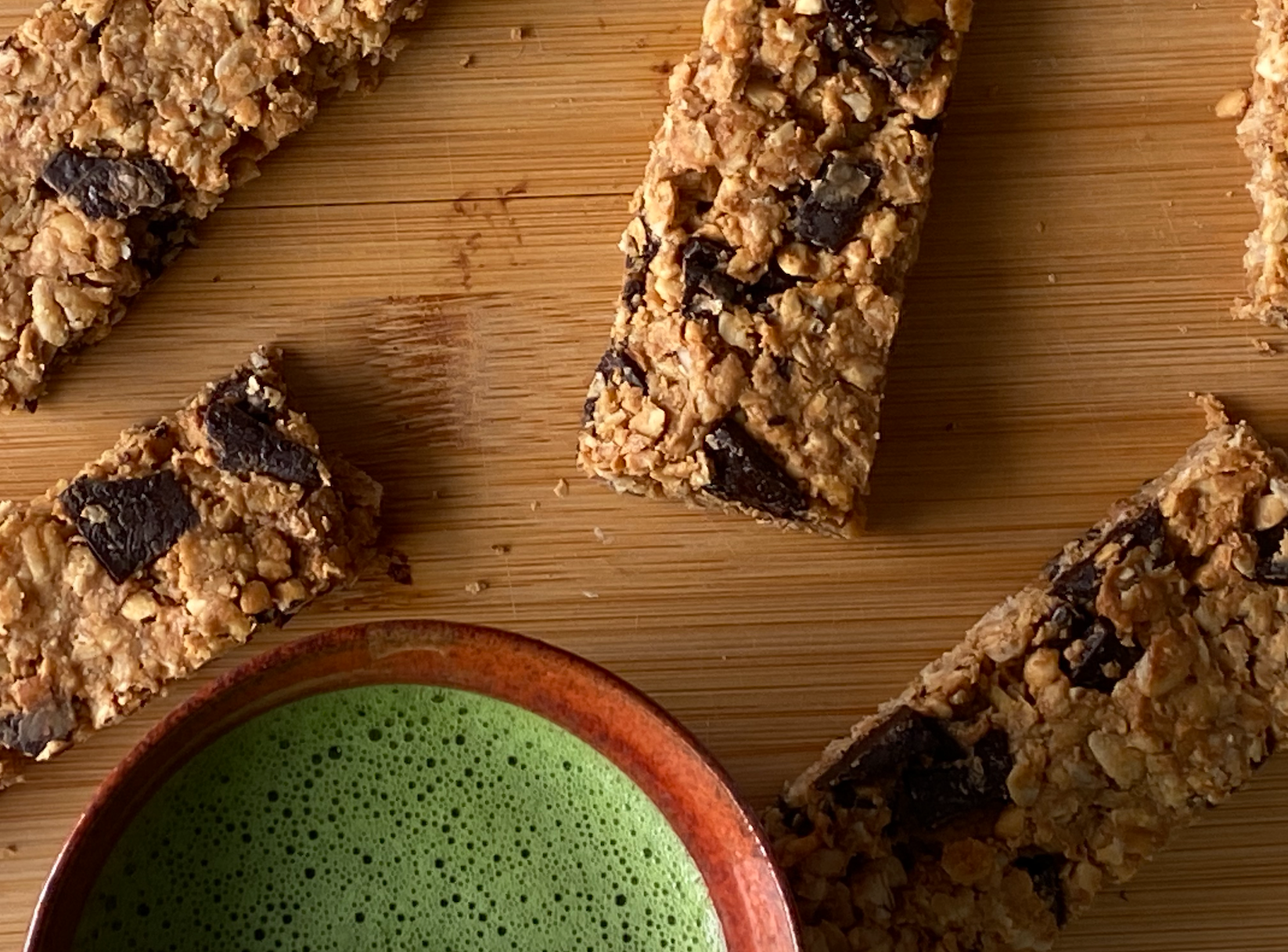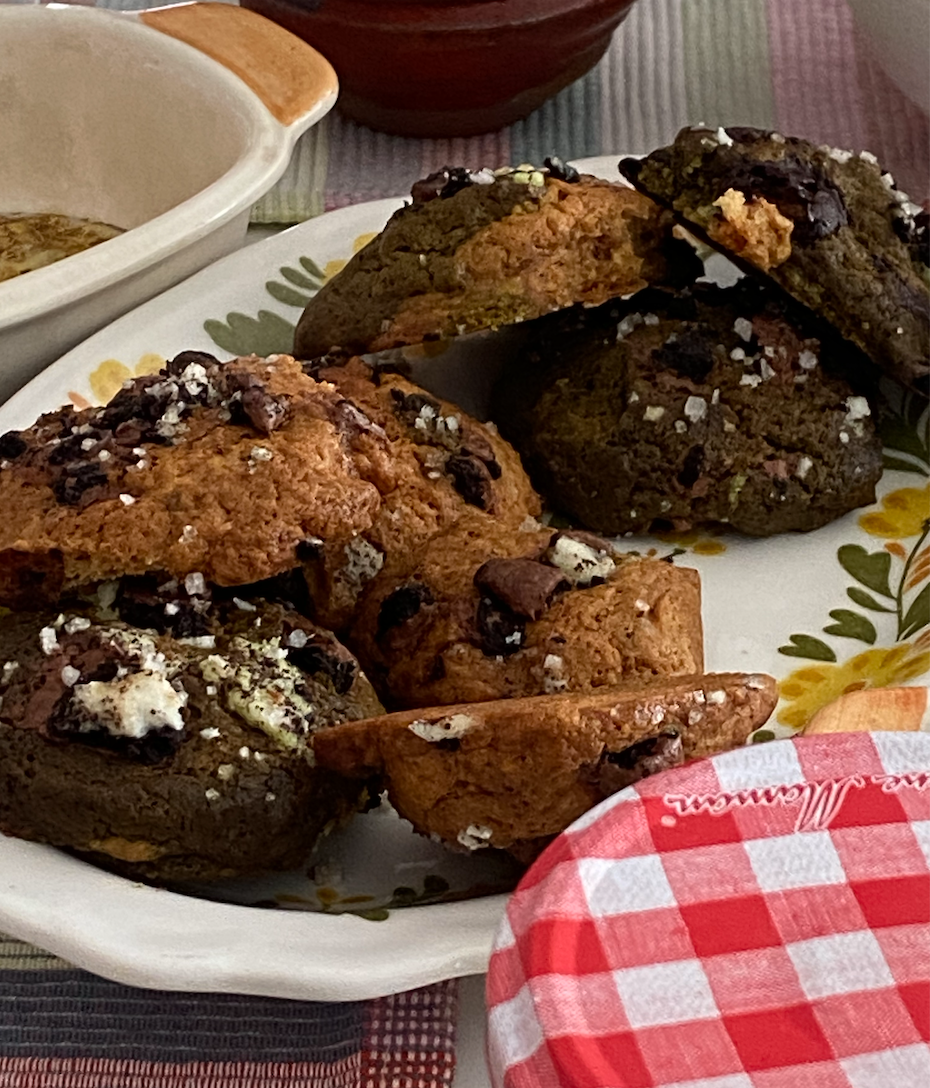When you’re shopping for matcha, the price difference can leave you feeling confused. How do you know whether you’re getting a bargain or getting a poor-quality product? Thankfully, there’s a fool-proof way to determine whether you’re getting value for money: identify the origin.
Matcha is indeed a Japanese tradition. It’s grown, harvested and celebrated across the country. But when you shop online, you’re likely to come across brands that stock matcha made in China. So what is the difference between Japanese and Chinese matcha? How does this affect the price and the quality? To help you secure the best quality, here’s our easy guide to identifying the differences between Japanese and Chinese matcha.

Is green tea powder and matcha the same thing?
Matcha is often translated with "powdered tea", even if it actually means "powdered-anything that emulsifies water". However, when you're looking for "the" green tea Matcha that has become famous, not all green tea powders should be called matcha.
Why? Because this green tea Matcha specifically refers to the traditional Japanese method of harvest and production. The most authentic and high-quality grade you can buy is ‘ceremonial grade’ which follows this traditional Japanese method. Unfortunately, a lot of lower-quality products which don’t follow these standards are cheaply marketed as ‘matcha’ which is where things can get confusing for you.
Anything created outside of these Japanese traditions is simply green tea powder–that may not be the worst thing for someone who is using the powder for baking, but for people like you who value nutritious, traditional, and delicious-tasting matcha, it’s important to know your stuff. And that’s why we’re here to help you–let’s explore the world of matcha and make sure you’re getting your money’s worth.
What is Japanese matcha?
When people refer to Japanese matcha, what they really mean is ceremonial grade matcha. It’s the highest quality you can get and reflects the ancient traditions of the culture. From plant to cup, every step is considered to cultivate a beautiful powder made from vibrant young green tea leaves.
The leaves must be shaded from the sun as the lack of light grows a delicate leaf containing high concentrations of L-theanine (the calming compound that balances your energy levels) and chlorophyll (giving it that bright emerald colour).
Harvesting ceremonial grade matcha
The harvest time is significant for ceremonial grade matcha so to ensure it’s bursting with flavour, vitality, and nutrients, early spring leaves that are shaded from the sun are hand-picked for this optimum quality. So, if you’re searching for traditional Japanese matcha, opting for ceremonial grade from the first harvest of the year in May is a starting point to avoid being disappointed.
Culinary grade matcha
Beyond this early spring period, leaves can still be harvested–they’re turned into culinary grade matcha which is popular for baking, cooking, and for drinks like smoothies and lattes.
A later harvest will retain some nutritional benefits, but mostly, it’s easier to produce and it has a bolder taste (which is one of the reasons why it can be used alongside other flavours). While it is no match for ceremonial grade, culinary matcha is a less expensive option while still being produced in Japan.
With that being said, there are even cheaper options on the market which might tempt you. But before you try and bag a bargain, let’s look at whether it’s even worth your money.
What is Chinese matcha?
As we’ve highlighted, matcha is a traditional element of Japanese culture so already, buying matcha grown in China is going to taste different just like how any other fruit, vegetable or plant tastes different depending on the location. But that’s not the only thing to consider.
Chinese matcha is not grown, harvested, or processed in the same traditional Japanese way. So if you’re expecting the deliciously fresh taste from your cup of matcha, it’s unlikely that you’ll have that experience if you’re buying a Chinese product.
The reason why Chinese matcha is so cheap
It’s important to understand these facts when you’re shopping because the cheapest matcha on the market comes from China. When traditional Japanese methods are lengthy and laborious, the only way Chinese matcha can be so cheap is by cutting out these meticulous methods and using machinery. You might want to save some money but you’d be losing out on taste, nutrients and tradition. What's worse: very often the dull colour of inferior quality matcha is made up for using artificial colorants.
So, is Japanese matcha better than Chinese matcha?
Unfortunately, not all matcha is created equally. Chinese matcha is often of lower quality than Japanese matcha down to a range of factors including the type of tea plants used, the soil quality, and the lack of shading of the tea trees. This leaves Chinese matcha as a less vibrant and more bitter drink. From this perspective, Japanese matcha is the way forward.
Only the best brands use ceremonial Japanese matcha (but some brands lie)
Be aware that some brands aren’t honest about where their matcha comes from. To make a huge instant profit, they call their matcha ‘ceremonial’ while using what is essentially a low-quality green tea powder from China, or inferior quality Japanese one.
Since ‘ceremonial’ grade is not a protected quality marker in Europe, many brands abuse this knowing that consumers are looking for premium quality. So while you may be on the right track looking for ceremonial matcha, not everyone will tell you the truth. Lean towards brands (like us) who are completely transparent about how they grow and make their matcha to avoid wasting your money.
Why is some matcha cheaper than ours?
Like we said, here at Matcha Botanicals, we’re open and honest about our vertically integrated structure that lets us control our quality from our fields, all the way to your first cup because we believe in producing the highest quality ceremonial grade matcha tea possible. Our growers are located around our workshop in Uji (near Kyoto, Japan) and in Kyushu (The southernmost main island in Japan). We don't take shortcuts.
For this reason, you may find other brands on the internet selling "matcha" for a cheaper, more attractive price than ours, but we believe it is worth it for the superior taste and health benefits that you receive in every cup.
We remain confident however, that our price is unmatched in our quality range.
It’s important to understand the differences between Japanese and Chinese matcha
The ultimate question to ask yourself is: why do you want to buy matcha? Because if you just want to experiment with the colour, maybe you could get away with buying the cheaper Chinese-origin versions (Although their color isn't perfectly green either). However, if you want matcha for its incredible health benefits, sustainable energy boost, delicious flavour, or even to celebrate Japanese culture, you need to make sure you’re getting ceremonial Japanese matcha.
For that kind of matcha that represents centuries of the Japanese heritage of harvesting young tea leaves to provide a deliciously sweet and nutritionally dense matcha perfect for drinking with intention, look no further than Matcha Botanicals. While this guide will help you distinguish between Chinese and Japanese matcha ensuring you get your money’s worth, truthfully, we’re so proud to offer the finest products on the market and we’d love for you to try some.




A Guide to Matcha Tea Ceremony: Understanding the Significance and Steps to Perform